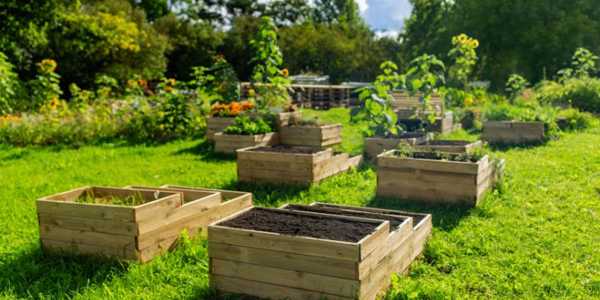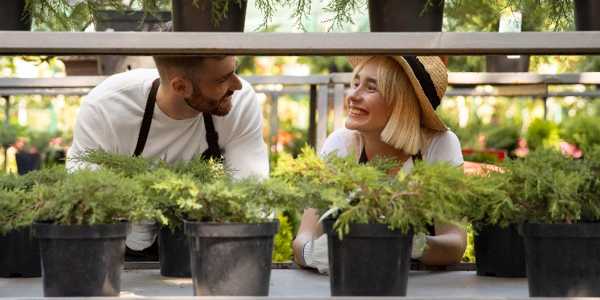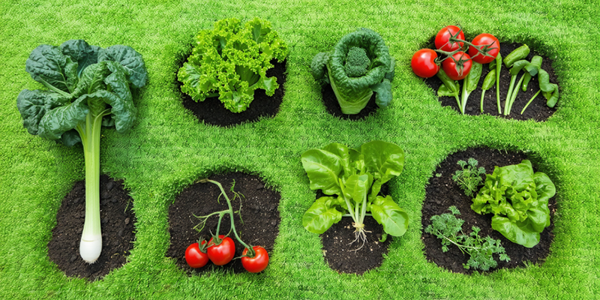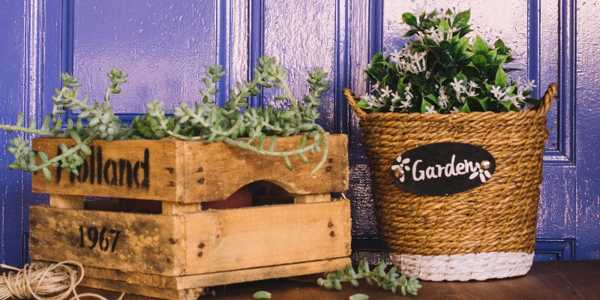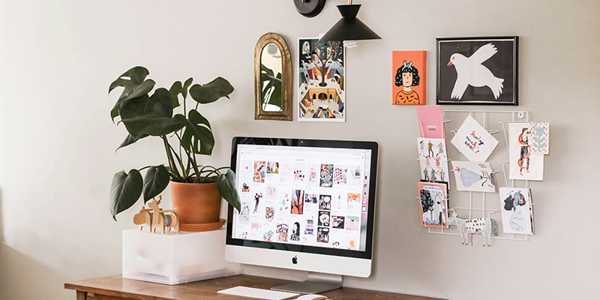How to Save Time with A Lunch Packing Station
Saving time is a key part of successfully juggling a family and still getting everything done. One of the tasks that has to be done on weekdays, and some weekends, is making sure everyone has a lunch packed. This can be an overwhelming task when not organized and prepared, as coming up with ideas on what to feed everyone that can be portable can be quite difficult. A lunch packing station can save time by keeping all the needed items together, keeping them within easy reach, and including all of the snacks and other things that are important to have access to.
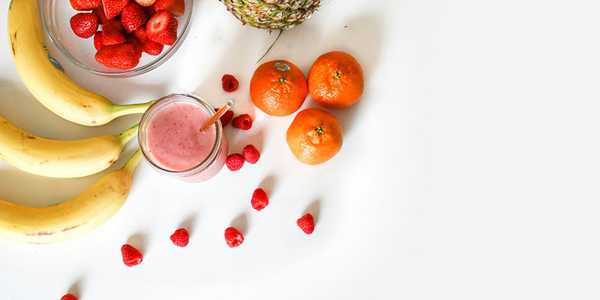
Choosing Location
When selecting a place in your kitchen for your lunch station, begin with determining if you want to store snacks for packing in the same place as water bottles and containers or if you want to keep them separate. That will determine how much space you need. Having the foods that will be packed within the lunch station does make it faster, and they won’t be eaten during non-lunch hours. You need an area large enough for lunch bags, lunch containers or bento boxes, water bottles, snacks and foods, supplies that you use while packing lunch, and anything else you want to have close by.
A spot that is out of the way and won’t take over-the-counter space you use to make supper can make this even easier. It allows you to avoid cleaning the counter multiple times a day to use it for other purposes.
Items to Include
There are a few key items that you want to be sure to include, and some that are beneficial but perhaps not necessary. Two main methods include packing lunches completely each day, with the other using one container for each day of the week and placing all of the added foods that will go in except the sandwich or main. This includes adding things like a granola bar, pieces of fruit, cookies, anything not refrigerated, putting on the lid to stack them or lining them up next to each other. Then each day you simply add the main from the fridge or make it, put the items from the container into the lunch back with that, and you’re done. This can work well with bento boxes if you have one for each day as you can fill them all in advance (about 5-10 minutes every Sunday night) and then add the main in the morning and wash the containers as they come home.
For must-haves include any lunch containers you use often, water bottles to fill each day, and items you use to pack with such as rice rollers, butter knives, cherry pitters, and grape cutters. Each item that you use mostly for lunch, either on the weekday or weekends, can be in the lunch station for easy reach and faster meals. If you make hot meals add thermos options, silverware that goes into lunches, lunch bags, and ingredients that do not need to be in the fridge. Your goal is to have everything that you need within reach of one spot when you are standing or sitting to pack lunches. If you include notes place the paper and pens in the station as well.
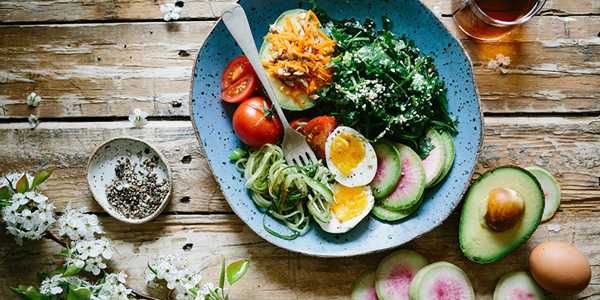
Choosing Containers
Selecting lunch containers that work for you and your family may also take a few tries. Bento-type containers are easily available and offer many options for filling with several types of foods, but you are likely to have fewer of them requiring more frequent washing. Alternatively, having containers that are suited to the foods you pack most often can be convenient and simple. Small containers for small portions, medium containers for larger portions, and larger ones for the main dish. You also will want some that seal for items like apple sauces, fruit that can dry out easily, anything with a liquid, and others. If you make sandwiches, then sandwich containers are convenient and sized just right for not squishing the bread during transport. Brand name containers may be worth the slightly higher cost for long-term use, however, if you have a child who often loses or forgets them, cheaper containers are a good choice. They can be thrown out if they are uncleanable without guilt, and if they are lost forever, they are not as hard to replace. Always check a container over the sink to see if it will lead out the lid when turned upside down, and for added security test them each time you pack them. This extra step can help avoid spills in the lunch kits and save you time cleaning them up later.
Packing lunches can feel like a daunting task that never seems to end, but there are ways to make it easier, faster, and more organized. One of the most efficient ways that I have found is to maintain a lunch packing station, both for lunches as an adult and for children, and it can cut down the time you spend hunched over the counter looking for the things you need to complete the task. For extra ease, add laminated or printed pages in page protectors taped to the inner cupboard for last-minute ideas or to allow the kids to choose their lunches in advance.

